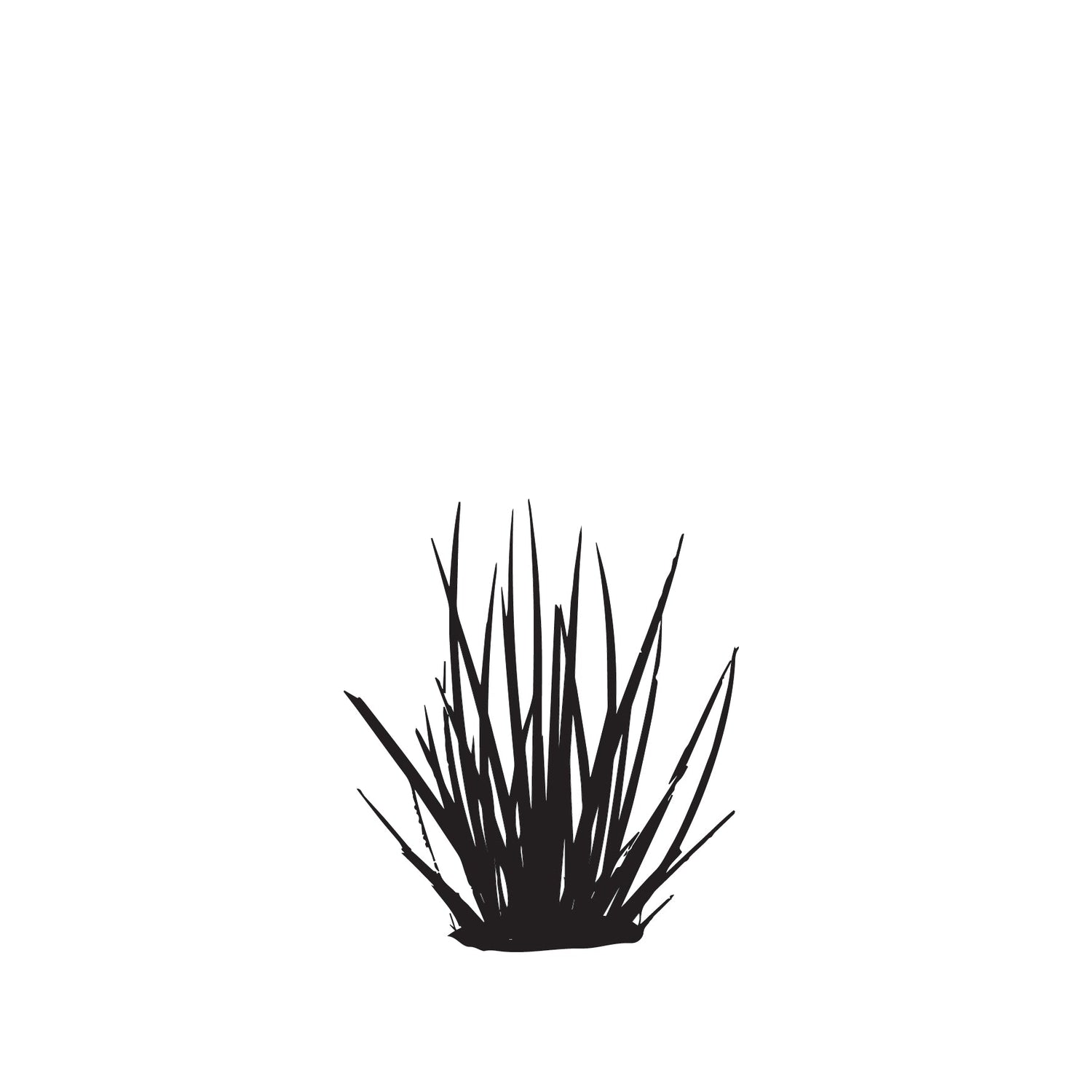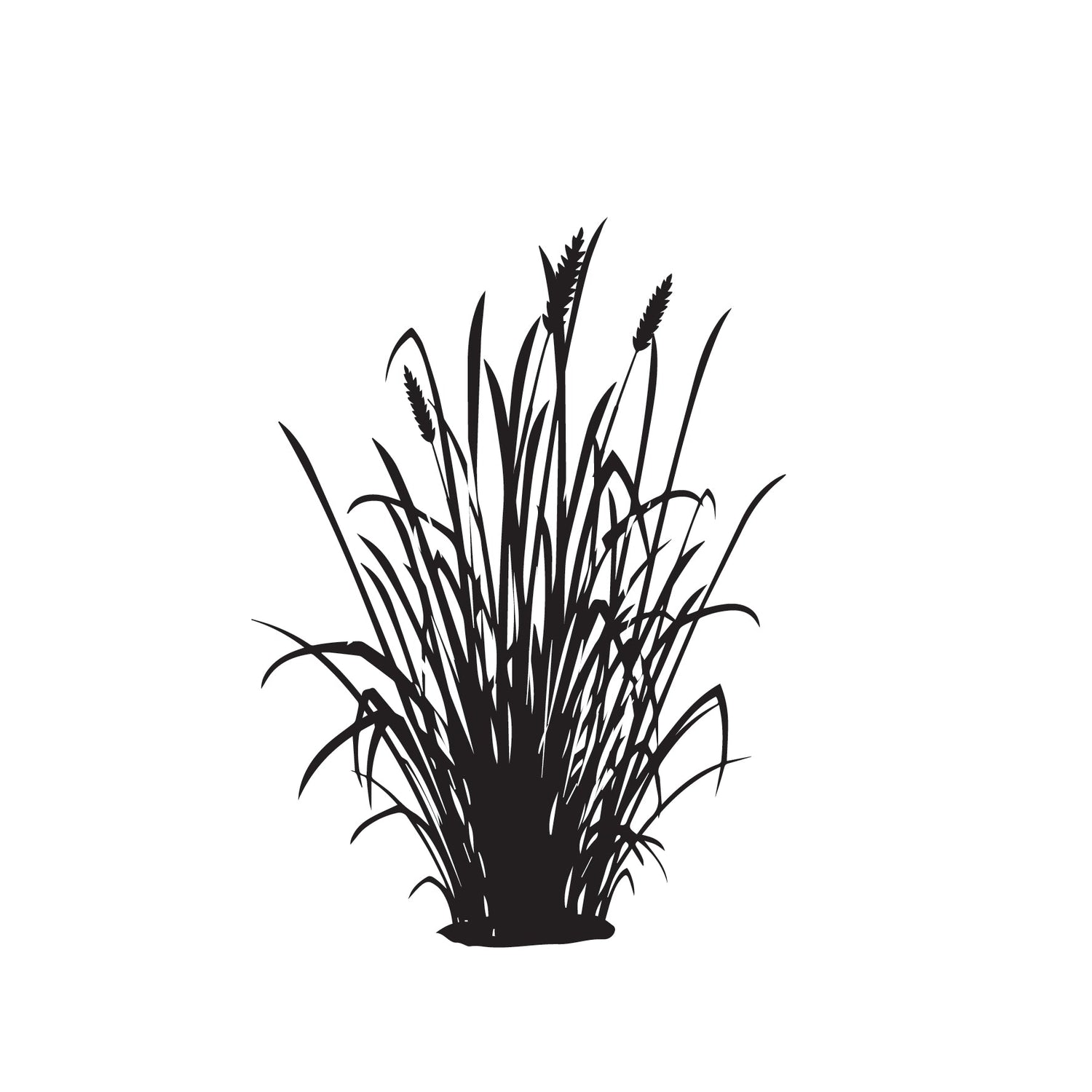Using Flax for Urban Hedging: A Practical Guide
Share
Urban environments present unique challenges and opportunities for gardening and landscaping. Whether you're aiming to create privacy, define spaces, or enhance the aesthetic appeal of your urban oasis, flax (Phormium spp.) offers a versatile solution as a hedge plant. Known for its striking foliage, resilience, and low maintenance requirements, flax is increasingly popular for urban hedging due to its ability to thrive in diverse conditions and provide year-round interest. This instructional guide will walk you through the steps of using flax for urban hedging and highlight why it's a great choice for your outdoor space.
- Choosing the Right Flax Variety
Flax comes in various colors, sizes, and textures, so selecting the right variety is crucial for achieving your desired hedge appearance and function:
- Variety Selection: Opt for upright varieties such as Phormium tenax or Phormium cookianum hybrids for creating formal hedges with a dense, clumping habit. Consider foliage colors like green, bronze, red, or variegated patterns to complement your landscape design.
- Size Considerations: Determine the mature height and spread of the flax variety to ensure it fits within your space requirements. Compact varieties are ideal for small gardens or narrow planting areas, while larger varieties can be used for taller hedges or screening purposes.
- Site Preparation and Planting
Proper site preparation and planting techniques are essential for establishing healthy flax hedges in urban settings:
- Sunlight Requirements: Flax thrives in full sun to partial shade. Choose a location that receives at least 4-6 hours of direct sunlight daily for optimal growth and foliage coloration.
- Soil Preparation: Ensure well-drained soil enriched with organic matter. Amend compacted or poor-quality soil with compost before planting to improve drainage and nutrient retention.
- Spacing: Plant flax at intervals that allow for adequate growth and coverage. Typically, space plants 2-3 feet apart for smaller varieties and 3-5 feet apart for larger varieties, depending on their mature size.
- Planting Techniques
Follow these steps for successful planting of flax for urban hedging:
- Digging Holes: Dig planting holes twice as wide and deep as the root ball of the flax plant.
- Positioning: Place the flax plant in the center of the hole, ensuring the top of the root ball is level with the surrounding soil surface.
- Backfilling: Fill the hole with soil and gently firm it around the roots to remove air pockets. Water thoroughly after planting to settle the soil.
- Watering and Maintenance
Flax is relatively low maintenance once established, but proper watering and occasional care are necessary for optimal growth and appearance:
- Watering: Water newly planted flax regularly to establish roots, then reduce frequency once plants are established. During hot or dry periods, water deeply to maintain soil moisture.
- Mulching: Apply a layer of mulch around flax plants to retain soil moisture, regulate soil temperature, and suppress weed growth. Maintain a mulch-free zone around the base of the plants to prevent rotting.
- Pruning: Trim flax hedges annually in early spring to remove dead or damaged leaves and maintain shape. Use clean, sharp pruning shears to make precise cuts without tearing the foliage.
- Benefits of Flax for Urban Hedging
- Visual Appeal: Flax offers year-round interest with its bold, sword-like foliage in various colors. It provides a striking backdrop or focal point in urban gardens and landscapes.
- Privacy and Screening: Dense flax hedges create effective privacy screens, helping to shield outdoor areas from noise, wind, and unwanted views in urban settings.
- Low Maintenance: Flax is drought-tolerant, pest-resistant, and requires minimal pruning and care once established, making it ideal for busy urban gardeners.
- Environmental Benefits: Flax contributes to urban biodiversity by providing habitat for pollinators and beneficial insects. It also improves air quality and reduces urban heat island effects.
Using flax for urban hedging is a practical and visually rewarding choice for enhancing your outdoor space. By selecting the right variety, preparing the site properly, and following planting and maintenance guidelines, you can create attractive, low-maintenance hedges that thrive in urban environments. Embrace the versatility and resilience of flax in your garden or landscape design, and enjoy the benefits of privacy, aesthetics, and environmental stewardship that flax hedges provide year-round.





